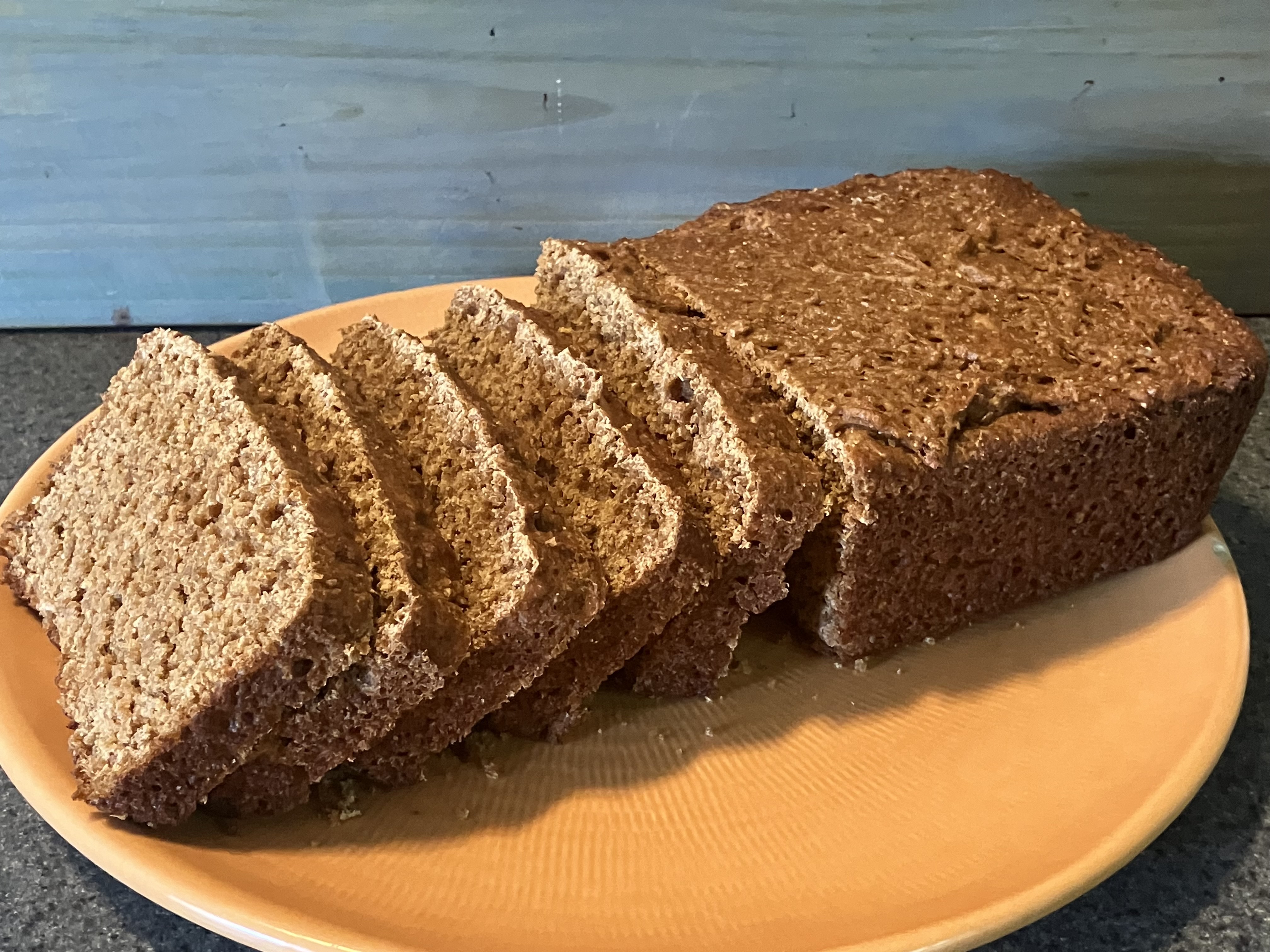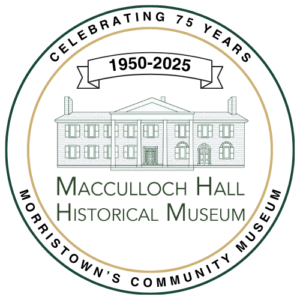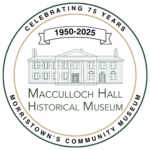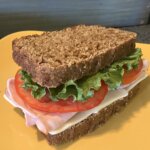Graham Bread is named for Sylvester Graham (1794-1851), a Presbyterian minister and New England dietary reformer with New Jersey connections. Graham was a proponent of vegetarianism and life habits that would be now considered early examples of preventive medicine. Some of his recommendations, such as eating whole-grains for better health, are accepted while other recommendations were and still are considered eccentric. What is Sylvester Graham’s connection to New Jersey? He was an itinerant minister to the Bound Brook Presbyterian Church in 1828 and it is believed that he introduced an early version of the graham cracker, without sugar, while living in Bound Brook, New Jersey. Graham’s practices became more popular after the 1832 New York cholera epidemic when people following his diet fared better. Graham was also one of the founding members of the American Vegetarian Society in 1850. His writings influenced Dr. John Harvey Kellogg (1852-1943) and his brother, W. K. Kellogg (1860-1951).
The Macculloch family recipe for Graham bread is believed to have been added to the handwritten family cookbook by Frances Hitchcock Keasbey (1862-1939), the great-granddaughter of George and Louisa Macculloch.
Original Recipe: Graham Bread—two loaves
2 cups scalded milk
2 tablespoons of butter
2 teaspoons of salt
2 tablespoons of sugar
1 taza de melaza
½ cup warm water
2/3 yeast cake dissolved in ¼ cup warm water
5 cups of graham flour
3 cups of white flour
Adapted Recipe: Graham Bread—two loaves
2 cups of scalded milk
2 tablespoons of butter
2 teaspoons of salt
2 tablespoons of sugar
1 taza de melaza
½ taza de agua caliente (110 grados)
1 packet of active dry yeast (2 ½ teaspoons) dissolved in an additional ¼ cup warm water (110 degrees)
5 cups of graham flour
3 cups of white flour
Scald the milk in a saucepan over medium heat. Watch for bubbles around the edge of the pan, but do not let the milk boil. Milk scalds at 180 degrees and boils at 212 degrees. Remove milk from heat and stir in butter and sugar. While this cools, in separate bowl add dry yeast to a ¼ cup of warm water (110 degrees) and set aside. When milk mixture cools to 110 degrees add the yeast. Add molasses and ½ cup of warm water (110 degrees). In a very large bowl combine graham flour, white flour, and salt. The flour does not need to be sifted. Make a well in the center of the flour. Slowly pour 1/3 of the liquid into the center and stir. Continue to add liquid one third at a time and mix until combined. Cover bowl with plastic and towel and set aside in a warm place for 2 hours. The dough should double in size. Prepare two loaf pans with spray or shortening.
For the next step flour your hands. The bread dough will be very sticky. Punch down the down and knead the dough two or three times in the bowl with a little flour. Separate dough into two portions, one for each loaf pan. Place dough in greased loaf pans. Lightly cover with plastic and towel and let rise again for 2 hours in a warm place. Preheat oven to 350 degrees. After the dough has finished rising, bake for 25-30 minutes or until a toothpick comes out clean. Let the bread cool completely on rack.
Learn more about Sylvester Graham and see a published Graham Bread recipe from 1880– Graham Bread | Revolutionary Pie
Compare the Macculloch family recipe with the 1932 recipe available on the Henry Ford Museum website– Graham Bread Recipe – The Henry Ford

Tema: El lunes de la comida
Edad / Nivel: Bachillerato, Universidad, Aprendizaje a lo largo de la vida


